Are you curious about ancient civilizations and archaeological finds? Here are the archaeology museums you must see in Japan:
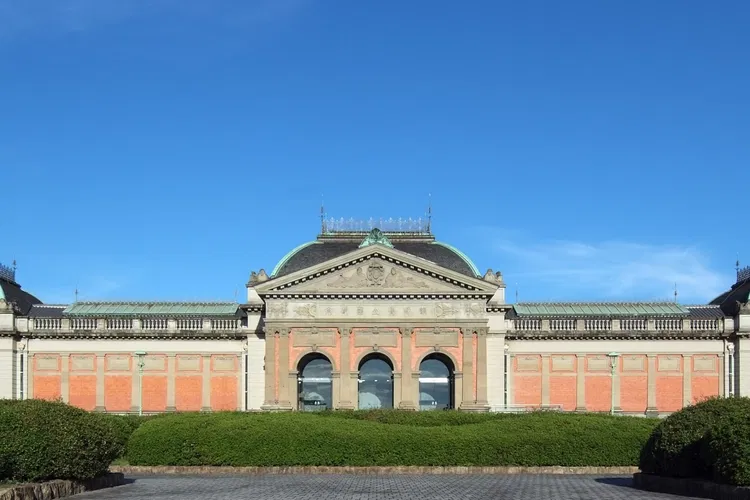
Kyoto National Museum
KyotoThe Kyoto National Museum, situated in Kyoto's Higashiyama ward, is one of Japan's major art museums. It primarily focuses on pre-modern Japanese and Asian art, offering visitors a deep dive into the rich history and culture of the region. The museum's collection is vast and diverse, providing a comprehensive overview of the artistic traditions of Japan and Asia.
The Museum of Kyoto
KyotoThe Museum of Kyoto is a cultural institution that focuses on the history and culture of Kyoto. It provides a comprehensive overview of the city's past, from its ancient origins to its modern developments. Visitors can explore a variety of exhibits that showcase the unique traditions, arts, and historical events that have shaped Kyoto over the centuries.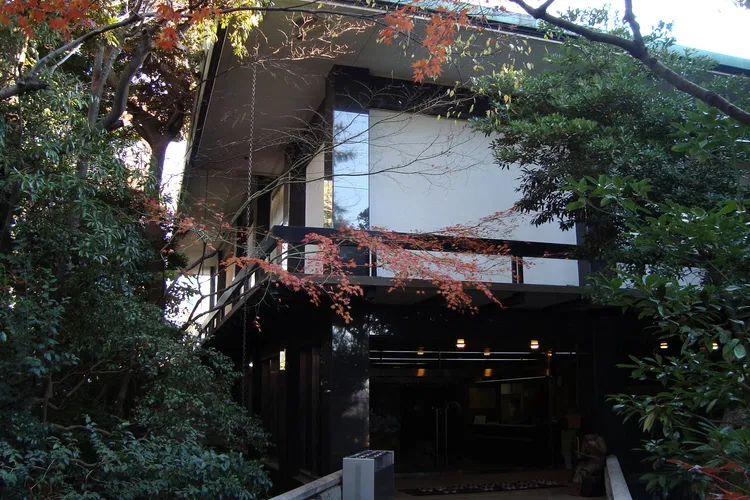
Ebara Hatakeyama Museum of Art
TokyoThe Hatakeyama Memorial Museum of Fine Arts, situated in Minato, Tokyo, is a private art museum. It offers a unique opportunity to explore a diverse collection of art pieces, making it an interesting destination for art enthusiasts visiting Tokyo.
Tokugawa Art Museum
NagoyaThe Tokugawa Art Museum is a private institution situated in the former Ōzone Shimoyashiki compound in Nagoya, central Japan. This location is steeped in history and provides a unique setting for the museum.
Mitsubishi UFJ Money Museum
NagoyaThe Bank of Tokyo-Mitsubishi UFJ Money Museum, located in Nagoya, central Japan, is a numismatic museum that opened its doors in 1961. Originally known as the 'Tokai Bank Money Museum', it underwent a name change in 2006 due to bank mergers.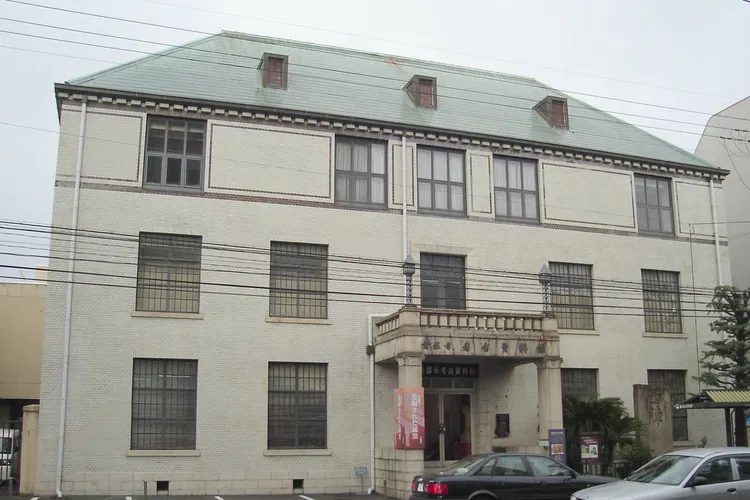
Kyoto City Archaeological Museum
KyotoThe Kyoto City Archaeological Museum, located in Kamigyō-ku, Kyoto, Japan, is a museum that houses an extensive archaeological collection. This museum is a significant destination for those interested in archaeology and the history of Kyoto.
Hōsa Library
NagoyaThe Hōsa Bunko houses a diverse collection of materials, including Japanese, Chinese, and Korean classics dating back to the 13th century. Additionally, it boasts a vast array of maps, featuring Nagoya city maps, Japan maps, world maps, and maps of residences and gardens from the 17th to 18th century. These resources provide a comprehensive view of the region's history and cultural evolution.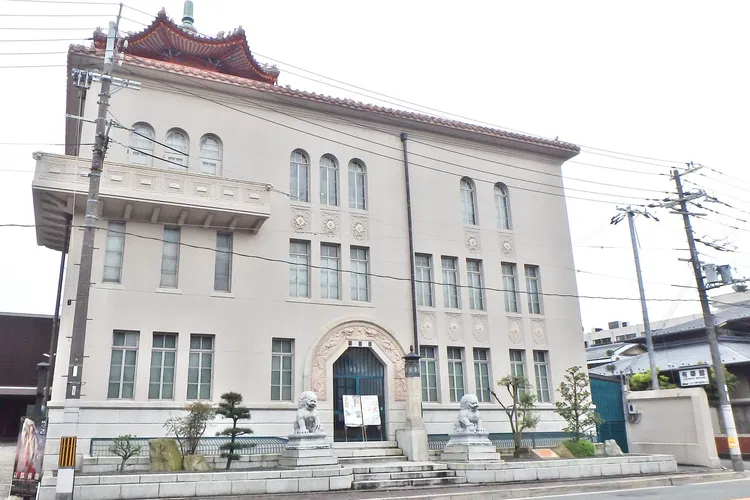
Yurinkan museum
KyotoThe Yūrinkan Museum, also known as Fujii Saiseikai Yūrinkan, is a private museum located in Kyoto, Japan. It was established in 1926 and is known for its extensive collection of East Asian art. The museum is the second oldest private museum in Japan, making it a significant part of the country's cultural heritage.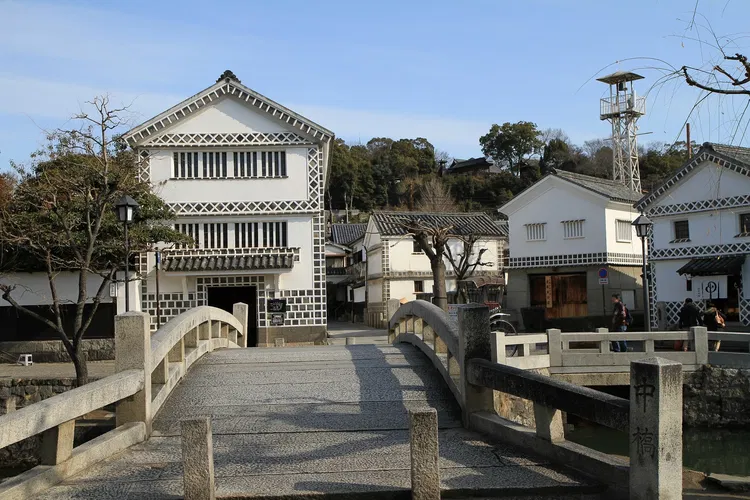
Kurashiki Archaeological Museum
KurashikiHoused in an imposing former rice warehouse, this museum features historical artifacts of various origins - from Chinese to Incan.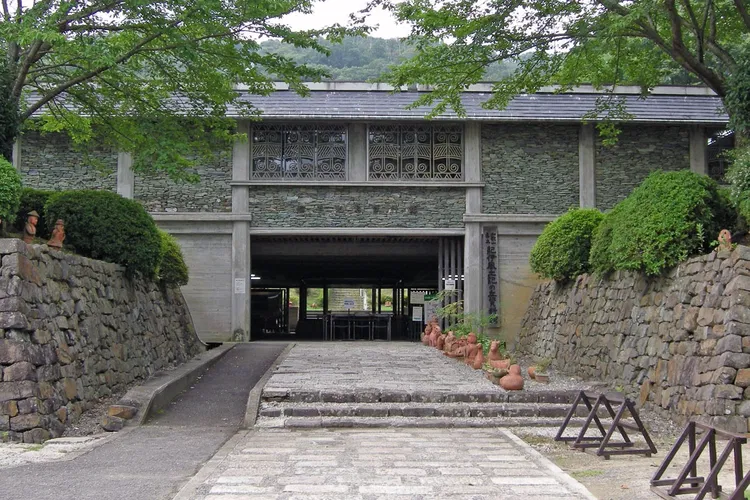
Wakayama Prefecture Kii-fudoki-no-oka Museum of Archaeology and Folklore
WakayamaAdjacent to the Iwase Senzuka burial site, this museum will inform you about the lives of the early locals and their folk customs.
Kanagawa Prefectural Kanazawa-Bunko Museum
YokohamaThe Kanagawa Prefectural Kanazawa-Bunko Museum, also known as Kanazawa Bunko, is situated in the Kanazawa Ward of Yokohama, Japan. This museum is a significant cultural site that houses a vast collection of traditional Japanese and Chinese art objects, many of which date back to the Kamakura period.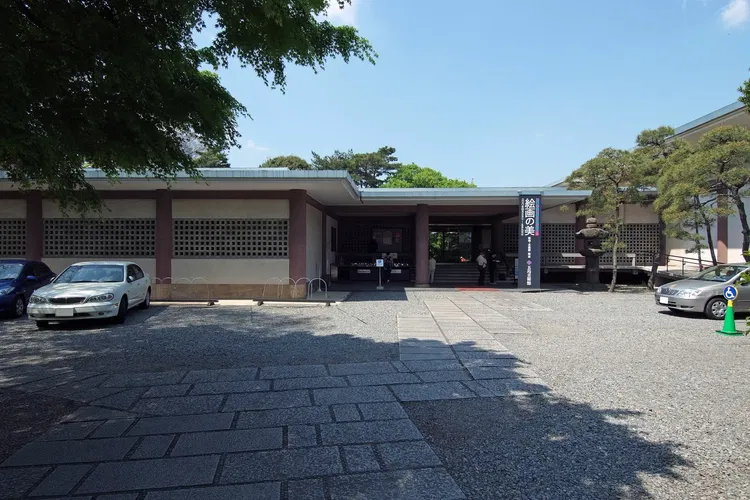
The Gotoh Museum
TokyoThe Gotoh Museum, located in the Kaminoge district of Setagaya on the southwestern outskirts of Tokyo, is a private museum that offers a unique cultural experience. It was opened in 1960 and houses a collection of classic Japanese and Chinese art, including paintings, writings, crafts, and archaeological objects. The museum also features a small selection of Korean art.
Bank of Japan Currency Museum
TokyoThe Bank of Japan Currency Museum, located in the Chūō district of Tokyo, is a dedicated institution showcasing the history and evolution of the country's currency. It is housed in one of the buildings of the Bank of Japan, making it a significant location for those interested in the financial history of Japan.
Meiji University Museum
TokyoThe Meiji University Museum is an educational institution managed by Meiji University. It is situated within the Surugadai campus of the university. The museum is a significant cultural and educational hub, offering a unique blend of exhibits and collections that reflect the diverse academic disciplines of the university.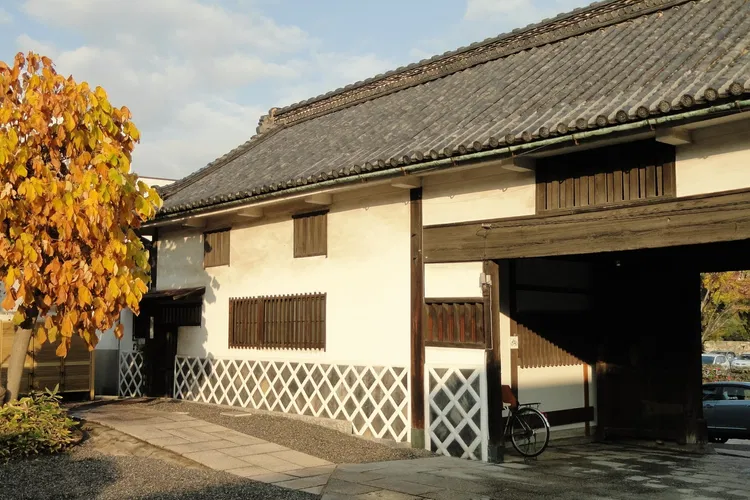
Hayashibara Museum of Art
OkayamaThe Hayashibara Museum of Art, owned by the Hayashibara Group, is situated at 2-7-15 Marunouchi, Kita-ku, in Okayama. The museum is located on the site of a former guest house by the inner moat of Okayama Castle, providing a unique historical context to the museum's location.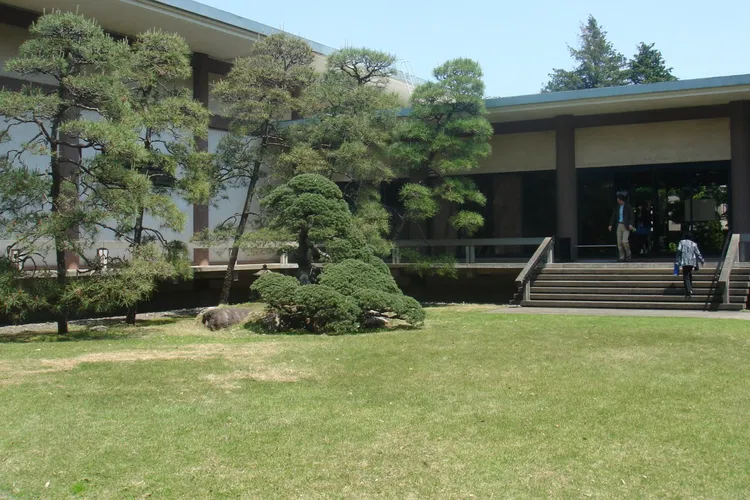
The Gotoh Museum
SetagayaThe Gotoh Museum, located in the Kaminoge district of Setagaya on the southwestern outskirts of Tokyo, Japan, is a private museum that offers a unique cultural experience. It was opened in 1960 and houses a collection of classical Japanese and Chinese art, including paintings, writings, crafts, and archaeological objects. The museum also features a small selection of Korean art.